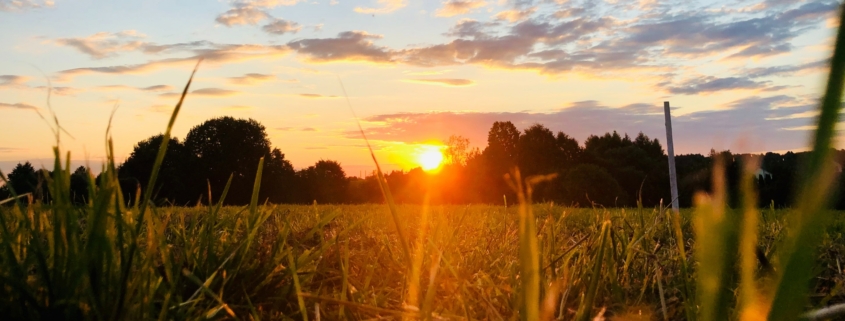Love Regenerative Agriculture? Thank Indigenous Peoples
“Regenerative agriculture” has become a bigtime buzz word(s) in farming circles in recent years. And for good reason.
It is, in short, a system of farming principles and a set of practices that seeks to rehabilitate and enhance the entire ecosystem of the farm. Those practices include conservation tillage (aka, as little soil disturbance as possible), crop rotation, and polyculture – the planting of compatible, supportive plant species together to limit pests, suppress weeds, and improve the health of the soil.
Importantly, regenerative agriculture is one way farmers are responding to the climate crisis.
The benefits of doing so are numerous: Regenerative practices increase soil biodiversity and organic matter, leading to more resilient soils that can better withstand climate change impacts like flooding and drought. Healthy soils beget higher yields and nutrient-rich crops. It also diminishes erosion and fertilizer runoff, leading to improved water quality on and off the farm.

